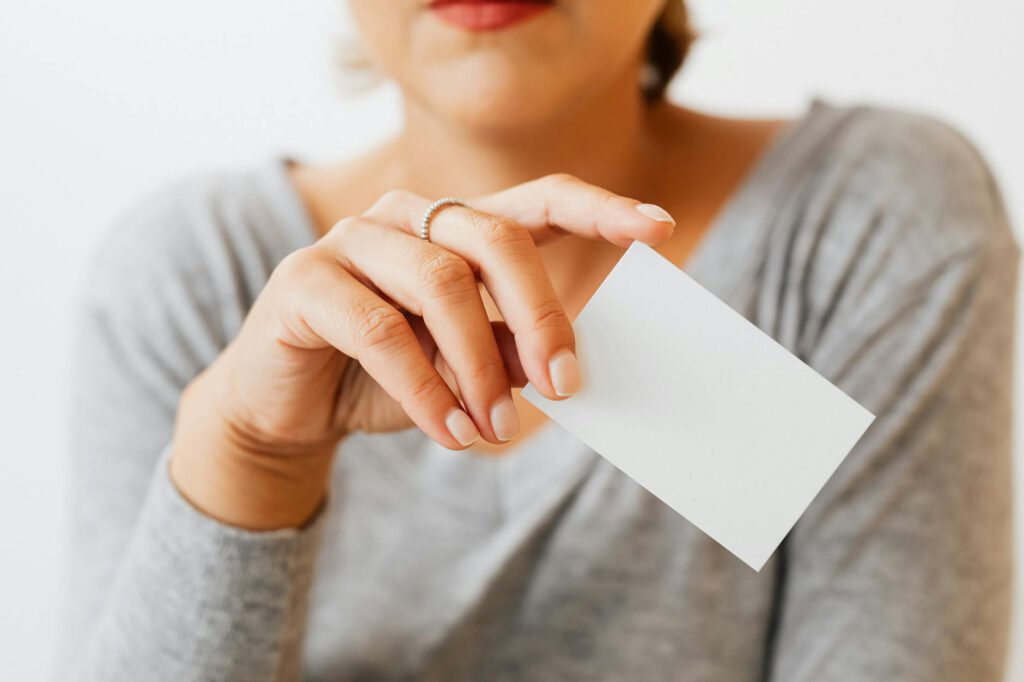Introduction
The traditional “take-make-waste” linear economy is no longer sustainable—both for the planet and for businesses. Consumers increasingly favor brands that prioritize environmental responsibility, and regulatory pressures are pushing companies toward more sustainable practices. For small brands, transitioning to a circular business model isn’t just an ethical choice—it’s a competitive advantage.
A circular economy focuses on reducing waste, reusing materials, and regenerating natural systems. Unlike linear models, where products end up in landfills, circularity keeps resources in use for as long as possible. This shift can seem daunting for small businesses with limited resources, but with the right strategies, it’s entirely achievable.
In this guide, we’ll explore why circularity matters, how small brands can implement it, and the tools that can help streamline the transition.
Why a Circular Business Model Matters
Circularity isn’t just about sustainability—it’s a smarter way to do business. Here’s why small brands should care:
- Cost Savings: Reusing materials reduces procurement expenses.
- Customer Loyalty: Eco-conscious consumers prefer brands with sustainable practices.
- Regulatory Compliance: Governments are tightening waste and emissions laws.
- Innovation Opportunities: Circular models encourage creative product design and partnerships.
For example, Patagonia’s Worn Wear program repairs and resells used clothing, reducing waste while strengthening brand loyalty. Small brands can adopt similar principles on a smaller scale.
Understanding Circular Business Models
What Defines a Circular Business Model?
A circular business model operates on three core principles:
- Design Out Waste: Products are designed for longevity, repairability, and recyclability.
- Keep Materials in Use: Implement reuse, refurbishment, or recycling programs.
- Regenerate Natural Systems: Use biodegradable materials or support ecosystem restoration.
Example: A Small Brand’s Success Story
Take Rothy’s, a footwear company that creates shoes from recycled plastic bottles. They also offer a recycling program where customers can return worn-out shoes to be repurposed. This closed-loop system minimizes waste while appealing to eco-conscious buyers.
Small brands can replicate this by:
– Sourcing recycled or upcycled materials.
– Offering take-back programs for used products.
– Partnering with local recyclers or upcycling initiatives.
Steps to Transition to a Circular Model
1. Audit Your Current Operations
Start by assessing where waste occurs in your supply chain, production, or packaging. Ask:
– Which materials end up as waste?
– Can products be redesigned for easier recycling?
– Are there local recycling partners you can collaborate with?
2. Rethink Product Design
Design products with their end-of-life in mind:
– Use modular designs for easy repairs.
– Opt for mono-materials (single-material products) to simplify recycling.
– Avoid toxic or non-recyclable components.
3. Implement a Take-Back or Resale Program
Encourage customers to return used products by:
– Offering discounts for trade-ins.
– Partnering with refurbishment services.
– Selling refurbished items at a lower price point.
4. Educate Customers
Transparency builds trust. Clearly communicate:
– How to recycle or return products.
– The environmental impact of their participation.
– The benefits of choosing circular products.
5. Collaborate with Other Businesses
Small brands can pool resources by:
– Sharing recycling facilities.
– Joining industry-wide sustainability initiatives.
– Partnering with eco-friendly suppliers.
Tools, Tips, and Resources
Helpful Tools for Circular Transitions
- Circularity Assessment Tools:
- Ellen MacArthur Foundation’s Circulytics (free benchmarking tool).
- Ecochain (measures environmental impact).
- Sustainable Material Sourcing:
- Material Bank (for eco-friendly materials).
- Terracycle (hard-to-recycle waste solutions).
- Waste Management:
- Rubicon (connects businesses with recyclers).
Tips for Small Brands
- Start Small: Focus on one product line or material first.
- Leverage Local Networks: Work with nearby recycling centers or upcyclers.
- Track Progress: Measure waste reduction and cost savings to justify further investments.
FAQs
1. Is a circular model expensive to implement?
Not necessarily. While initial changes may require investment, long-term savings from reduced material costs and waste disposal often offset expenses.
2. How can a small brand afford sustainable materials?
Start by sourcing locally or using post-consumer recycled materials, which can be cost-effective. Bulk purchasing with other small businesses can also lower costs.
3. What if my product isn’t recyclable?
Consider redesigning components or offering a take-back program to ensure proper disposal. Even small steps, like reducing packaging waste, make a difference.
4. Will customers pay more for circular products?
Many consumers are willing to pay a premium for sustainability. Highlight the long-term value (e.g., durability, repairability) to justify pricing.
Conclusion
Transitioning to a circular business model is a strategic move for small brands looking to future-proof their business. By focusing on waste reduction, sustainable design, and customer engagement, even resource-limited businesses can make meaningful progress.
The shift won’t happen overnight, but incremental changes—like sourcing recycled materials or launching a take-back program—add up. The key is to start small, measure impact, and continuously improve.
Circularity isn’t just a trend; it’s the future of responsible business. By embracing it now, small brands can differentiate themselves, build customer loyalty, and contribute to a healthier planet.
By following these actionable steps, small brands can successfully transition to a circular model—creating both environmental and economic value. Ready to take the first step? Audit your waste streams today and explore where circular principles can fit into your business.

